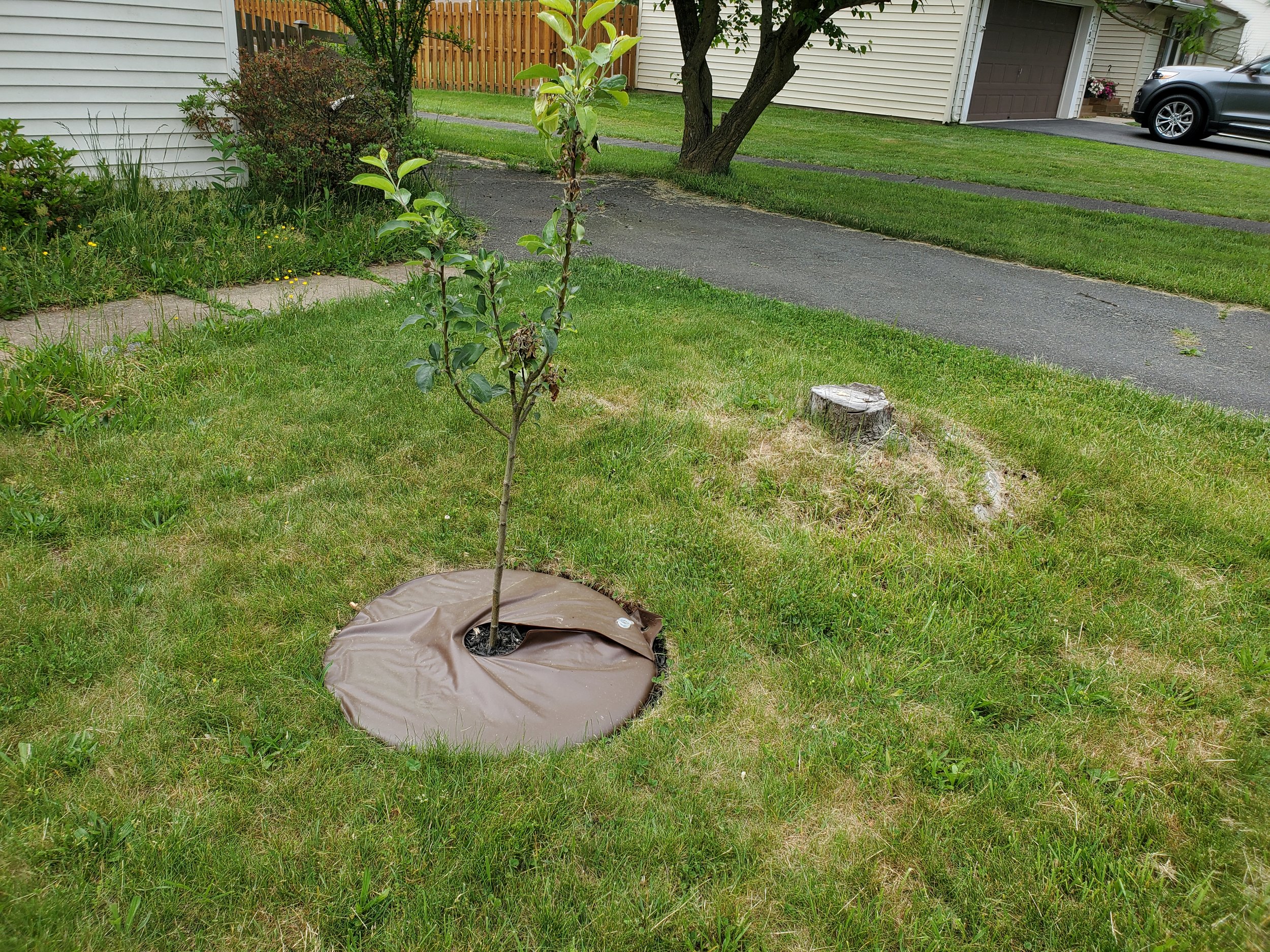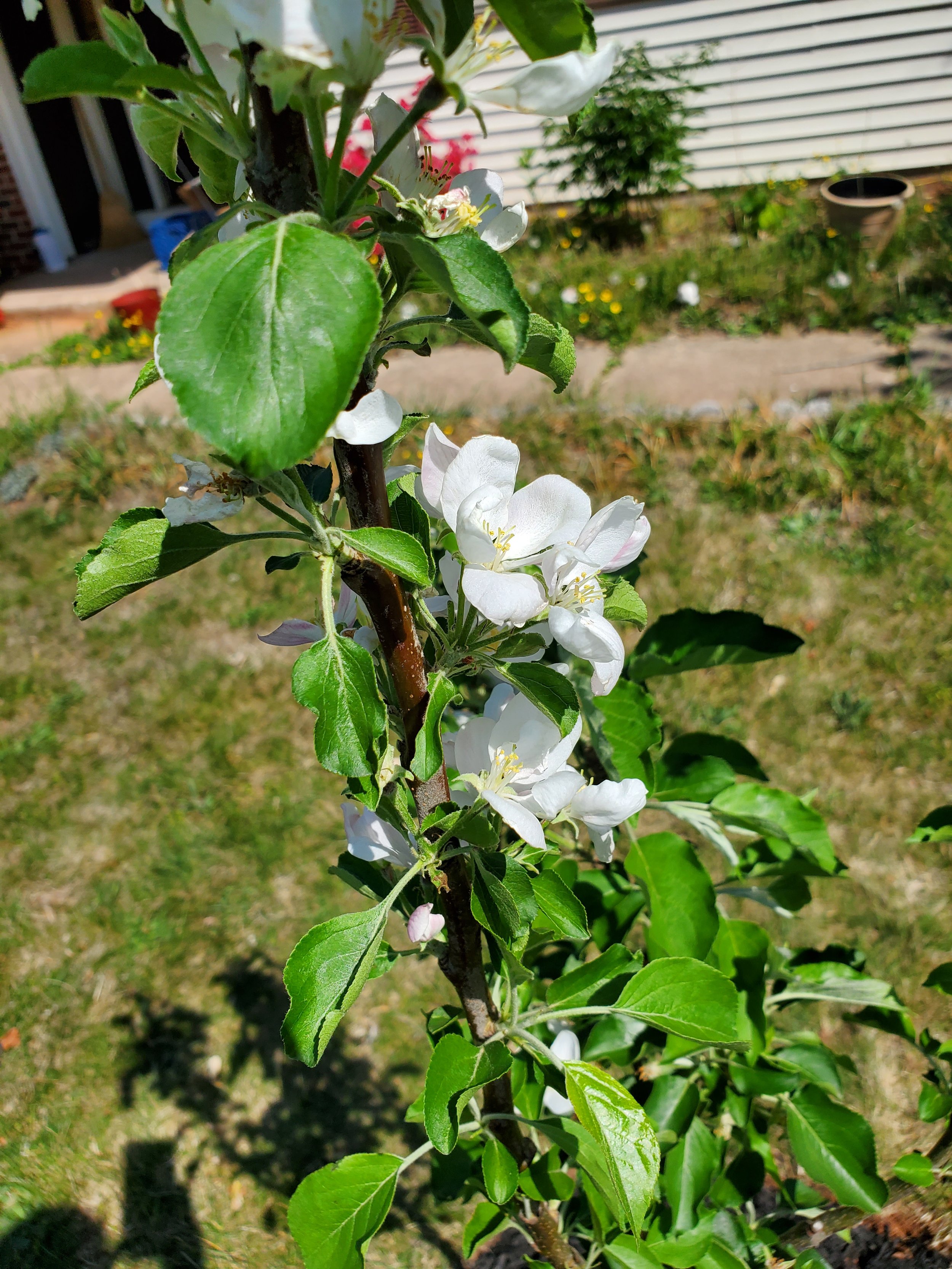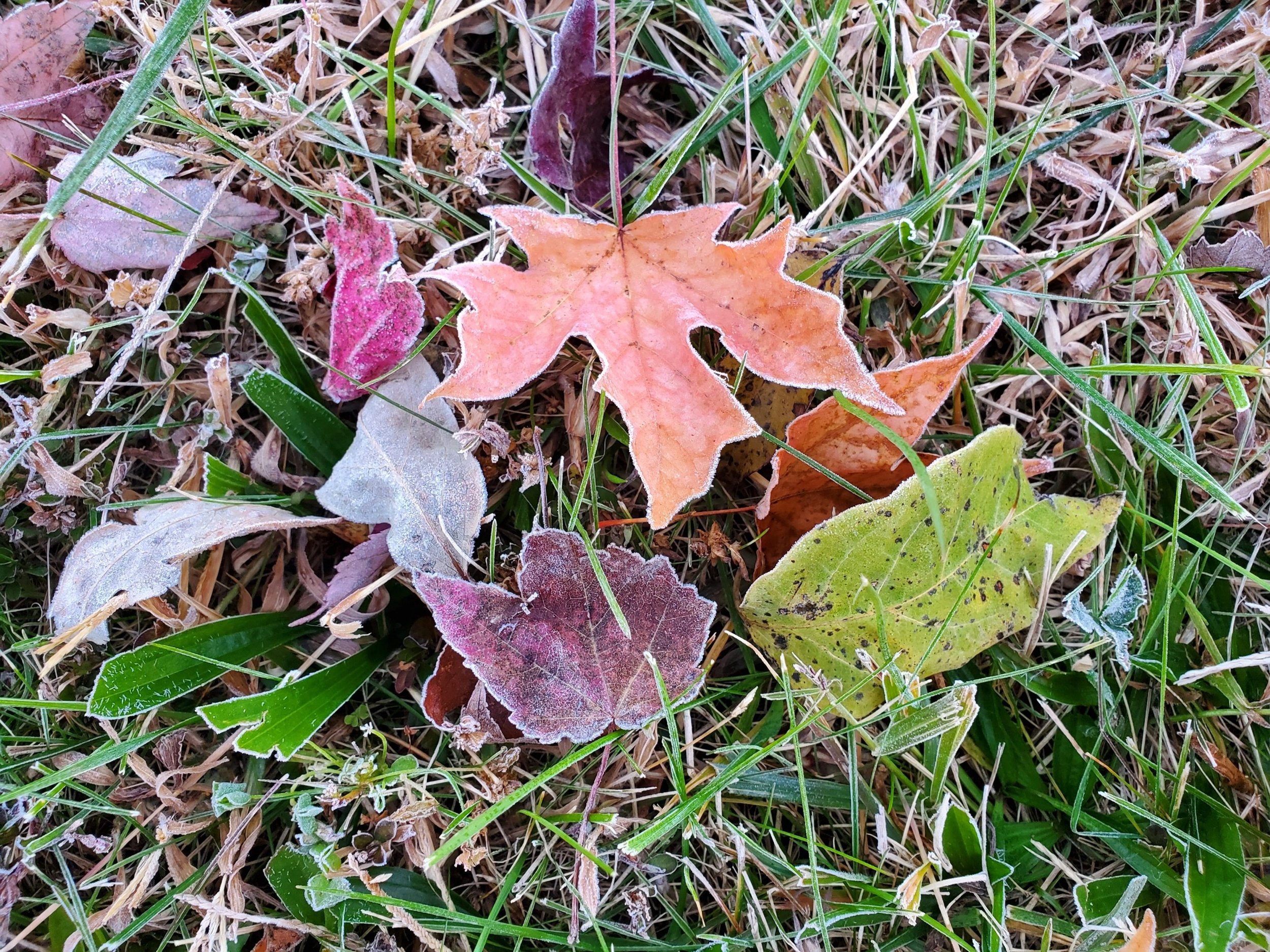This blog is a sort of sequel to my last one, because while Irene Glasse covered how to fight for Hope in the human world better than I could, when Morgan Daimler wrote about their own experiences with the Otherworldly War, they included some advice their Folk had given them regarding protection, and I realized I hadn’t touched on that at all! Oops!
Morgan wrote:
For my own part my Other have strongly emphasized the power of solar symbols and things like gold, amber, red stones, for protection. They have repeatedly encouraged heavy duty cleansing of a spiritual nature and to stay on guard against unseen spirit dangers.
And while I can’t now recall if I first heard the solar advice from them or from Seo Helrune, it’s definitely something I’ve since incorporated into my protection work, particularly last summer after I got elf-shot and ended up with Covid. But I’ll come back to that. First, let’s talk about generally recommended apotropaic items and substances (the word “apotropaic” means “able to avert evil influence and bad luck”) and how spirit relationships can help protect you. Ha, people who read my series on home protection are not surprised to see that second part, I’m sure! This blog is also sort of a sequel to that, but focused on personal protection, instead.
First the big three: Iron, Salt, and Fire. These are traditional, they’re fairly cross-cultural though fire is by far more universal as it’s been used around the globe. Iron is considered the best protection against fairies in Irish lore, and you’ll see the term “cold iron” sometimes with a variety of explanations as to what that means, but really it’s just an old way of saying “cold steel” which is nowadays a gun but really just means “a weapon made of steel”. So “cold iron” is just any sharp thing made of iron or steel. I do find that stainless steel blades work just fine, but in my personal experience there seems to be something a bit more potent in something made by hand. I have a collection of hand-forged nails — which are pointy enough to be a deterrent but not obviously-a-weapon enough to be offensive to my Locals if they’re kept in my bag — that I can use to set up a circle or barrier if needed, and my spouse has a ritual knife we bought from an artisan blacksmith made out of a railroad tie. My favorite example of fire as a purification and protection is probably the traditions of driving cattle through a fire or between two fires to protect from disease and enchantment, but most people are familiar with the uses of salt and fire, and there’s a ton of information out there on them, so I’m sort of going to just leave it there and move on instead of repeating what other people have explained more in depth.
Other common materials include: silver, certain crystals, hagstones, and protective and purifying plants. Silver is of course well known from pop-culture, being effective against werewolves, some vampires, and a host of other movie and video game monsters. Depending on whom you ask, it is associated with either moonlight or starlight as well, and on a scientific level, silver has some antimicrobial properties. Personally, silver is one of the materials I used to always reach for first, because I also find that it works well with my personal magic style. Again depending on whom you ask, there are dozens of protective crystals and semi-precious gemstones, and I don’t have space to really talk about all of them in depth here, but a few of my favorites are: obsidian, black tourmaline, tiger’s eye/tiger iron, and hematite (although that’s easier to find if you look for lab-grown, and I don’t find there to be much of a difference magically, as most of the stones I find are a little disoriented from being dug up and transported around the world anyhow). Hagstones (also called “holey stones”) are any type of stone with a natural hole formation going all the way through — these are commonly found on beaches and riverbanks (though you shouldn’t take them from anywhere it’s not permitted, like a national park), but they can also be purchased online. They’ve got a long history of lore in Ireland and Britain, and again I’m going to suggest you go read about that elsewhere as I’m trying to be brief! There is again a huge possible list of plants, but I tend to use plants that are known for being both protective and purifying, like mugwort and juniper. Generally I burn them and use the smoke, but I’ve also made oil infusions and tinctures and water-based sprays, depending on what I’m doing. When I’m settling into a new house, I like to clean the windows with a water and vinegar based spray that has a little sea salt and an herb sprig in it, just to cover my bases. Some plants are said to be both used by witches/fairies and also to protect against baneful magic when they’re prepared a certain way, like rowan twig crosses made with red thread, which are said to ward off the Fair Folk.
Similar to the rowan crosses, there are also apotropaic items that get their power from their form and not the material they are made from. Some examples of these are the nazar (also known as the “evil eye”, which is commonly seen as jewelry), Pennsylvania Dutch barn hex signs, and blessed religious jewelry (such as Catholic saint medallions). We pagans can of course make our own amulets and blessed jewelry with the imagery of our own faith(s).
However — and here’s the point at which we move back into the Otherworldly Tides discussion and UPG-land — some of these seem not to work well against the unhael newcomers. Which is where the solar suggestions come in. Instead of iron or silver, think gold (especially yellow gold). Use solar-aligned gemstones and minerals like rutile quartz, amber, carnelian, and pyrite. For solar-aligned plants, think yellow or orange flowers or anything heliotropic, or look for solar plants in Culpeper’s Herbal (Project Gutenberg version available here) or other magical herb books. I suggest starting with angelica, St John’s wort, bay laurel, rue, sunflowers, or marigolds. I’ve acquired a few gold-plated sun charms, like might be used as pendants for necklaces, or on charm bracelets, and that’s an inexpensive way to acquire a little gold jewelry to bless or enchant into an amulet. I think it might work even better on a gold-plated chain, and if a charm of the sun isn’t really your aesthetic, consider sunflowers or bees instead.
Alas, I have a lot of metal sensitivities, and I can’t usually wear gold unless it’s very low carat white gold because that’s usually blended with one of the metals I can tolerate: rhodium. But that’s not solar-aligned, and neither is copper, so I went off to look for more solar help and ended up reading notes on some old alchemical correspondences, and as it turns out Platinum was thought to be a combination of gold and silver back then and was therefore associated with both the sun and the moon! So I went looking for a (relatively) inexpensive platinum plated chain, and I found one, bought it, enchanted it into a shield, and started doing experiments. I wore it while wandering around in the Otherworlds and when I was called on to do some guardian work and when I ran into some unhael beings, and while I can’t say if it’ll work well for anyone else, it worked really well for me! Gold doesn’t work well with my magic, either (which may or may not be related to my metal sensitivity) but platinum worked just as well for me as silver does, which was very exciting. And while I was doing the guardian work one of the times I got elf-shot at again and that time — instead of piercing all my shielding, making me nearly faint and have convulsions, and leaving me vulnerable to Covid — the arrow itself got lodged in the platinum necklace where it was easy for me to remove and repair the enchantment. It seemed like it was drawn there almost magnetically, and I was pretty amazed!
And then the last part — if you find yourself getting drawn into the Otherworldly part of this Great War, I really think the best way to protect yourself is to throw your lot in with allies who are also fighting and who are willing to protect you. (If you can stay out of it, though, do that!) I mentioned in the first blog that I’ve been drawn in through relationships with my Local Fair Folk, and despite that I still think I’d prefer to have those relationships rather than not. It’s no walk in the park, but trucking with the Fair Folk rarely is. There are sublime moments, but there’s also a lot of difficulty. I tend to give the same warning about this kind of work as I gave above: if you’re not being drawn in, stay out! That’s easier and safer, if you have a choice. I didn’t really have a choice (or rather, the choice was to look into paganism and witchcraft in the first place, and then I believe all roads would have inevitably led here) so I’m making the best of the hand I was dealt.
Hopefully some of the above suggestions will work for ya’ll, and I hope everyone manages to stay safe out there, even when the tides of the Otherworldly War are rising to new levels and spilling over the bulwarks and into our neighborhoods and daily lives.






